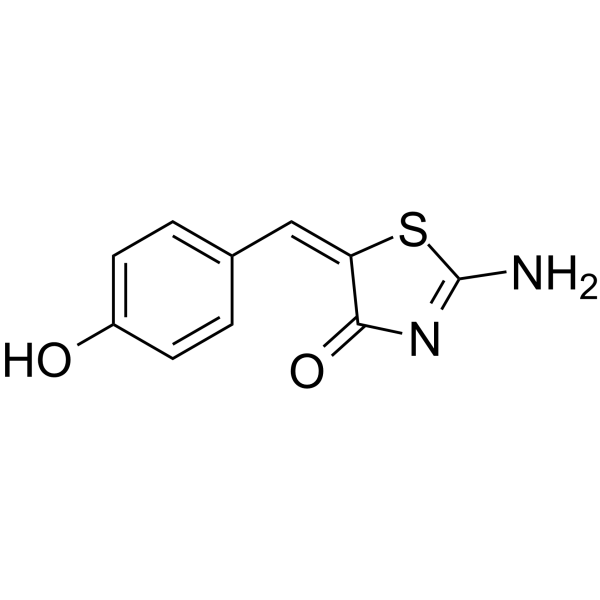DNA double-strand break repair pathway choice is directed by distinct MRE11 nuclease activities.
Atsushi Shibata, Davide Moiani, Andrew S Arvai, Jefferson Perry, Shane M Harding, Marie-Michelle Genois, Ranjan Maity, Sari van Rossum-Fikkert, Aryandi Kertokalio, Filippo Romoli, Amani Ismail, Ermal Ismalaj, Elena Petricci, Matthew J Neale, Robert G Bristow, Jean-Yves Masson, Claire Wyman, Penny A Jeggo, John A Tainer
文献索引:Mol. Cell. 53(1) , 7-18, (2014)
全文:HTML全文
摘要
MRE11 within the MRE11-RAD50-NBS1 (MRN) complex acts in DNA double-strand break repair (DSBR), detection, and signaling; yet, how its endo- and exonuclease activities regulate DSBR by nonhomologous end-joining (NHEJ) versus homologous recombination (HR) remains enigmatic. Here, we employed structure-based design with a focused chemical library to discover specific MRE11 endo- or exonuclease inhibitors. With these inhibitors, we examined repair pathway choice at DSBs generated in G2 following radiation exposure. While nuclease inhibition impairs radiation-induced replication protein A (RPA) chromatin binding, suggesting diminished resection, the inhibitors surprisingly direct different repair outcomes. Endonuclease inhibition promotes NHEJ in lieu of HR, while exonuclease inhibition confers a repair defect. Collectively, the results describe nuclease-specific MRE11 inhibitors, define distinct nuclease roles in DSB repair, and support a mechanism whereby MRE11 endonuclease initiates resection, thereby licensing HR followed by MRE11 exonuclease and EXO1/BLM bidirectional resection toward and away from the DNA end, which commits to HR. Copyright © 2014 Elsevier Inc. All rights reserved.
相关化合物
| 结构式 | 名称/CAS号 | 分子式 | 全部文献 |
|---|---|---|---|
 |
Mirin
CAS:299953-00-7 |
C10H8N2O2S |
|
Productive replication of human papillomavirus 31 requires D...
2014-08-01 [J. Virol. 88(15) , 8528-44, (2014)] |
|
A central role of TRAX in the ATM-mediated DNA repair.
2016-03-31 [Oncogene 35 , 1657-70, (2016)] |
|
The MRN complex is transcriptionally regulated by MYCN durin...
2016-02-01 [Cell Death Differ. 23 , 197-206, (2016)] |